We’re Live! Celebrate with 15% Off – Use Code FOS15 at Checkout!
Explore, Listen, Own.
Just download and play.
Why Choose Flower of Sound?
- Original, human-made 3D audio: Every track is crafted with the focus on well-being and innovation.
- Multi-format compatibility: Enjoy on headphones, Dolby Atmos systems, VR/XR headsets, and more.
- True content ownership: Download and keep your sonic tools for personal use, anytime, anywhere.
Browse the Flower of Sound Boutique and transform your daily routine with audio experiences that nurture well-being, ignite curiosity, and connect you to the world in new ways.
Explore the Flower of Sound Boutique: Immersive Audio for Curious ears, Well-Being, and a different perception.
Step into the Flower of Sound Boutique and experience a curated world of original, immersive audio creations called sonic tools. Our catalogue is designed to spark curiosity, inspire well-being, and expand your sensory perception through the power of 3D sound.
Sonic Tools for Well-Being and Mindfulness
Discover the Walking Cities Series
Journey through the world’s most captivating cities: Amsterdam, Venice, Kyoto, Tokyo, Lisbon, Milan, and beyond, with our Walking Cities series. Each 3D audio experience places you at the heart of vibrant urban soundscapes, recorded authentically using innovative 3D audio recording techniques. Choose between the Classic Edition, capturing the true essence of each city, or the Ambient Textures Edition, where calming ambient layers invite deeper relaxation and mindfulness. Whether you’re an audiophile, a traveler at heart, or seeking mindful escapes, Walking Cities lets you explore global destinations from a fresh, first-person perspective en perception.
Ambient Collections, narratives and Unique Sound Packs
WHAT is the right AUDIO FORMAT for me?
Compatibility:
Headphones or earbuds (requires a playback device)
Device that supports MP3 or FLAC playback through headphones or earbuds
XR and VR devices that allow local playback of MP3 and FLAC files
For listening our content with headphones or hearables the audio formats are two : FLAC and MP3.
FLAC (Free Lossless Audio Codec) is a compressed audio format that differs from traditional lossy compression methods. Unlike formats like MP3 or AAC, FLAC is a lossless compression, meaning it retains all the original audio data during compression without sacrificing quality. The compression in FLAC is achieved by encoding redundant data more efficiently rather than discarding it.
MP3 (MPEG-1 Audio Layer 3) format is a widely used audio file format that employs lossy audio compression to reduce the file size while maintaining a good level of sound quality. It was developed by the Moving Picture Experts Group (MPEG) and has become the de facto standard for online digital music files.
Compatibility:
Home Theaters (Optimal use case)
Soundbars & Smart Speakers (Check format compatibility)
PC, Laptops, Tablets & Gaming Consoles (Check format compatibility)
*Check the device specifications to confirm TrueHD support.
TrueHD with Dolby Atmos requires compatible audio and video devices for full utilization. This includes Blu-ray players, AV receivers, soundbars, and home theater systems that support Dolby Atmos and TrueHD.
Many modern media streamers from popular brands such as Nvidia Tv Shield, Apple TV, Roku, Amazon Fire TV, and others often support the “audio passthrough” feature to allow the unaltered transmission of audio to your external audio system.
It is advisable to check the product specifications or device settings to confirm the presence of this function.
MKV (Matroska)
The MKV (Matroska) format is a versatile and open multimedia container well-suited for high-quality audio and video. It is compatible with advanced codecs like Dolby TrueHD, commonly associated with Dolby Atmos.
Some content in our catalog also includes video in 4K resolution, combined with Dolby Atmos TrueHD.
Compatibility:
Soundbars & Smart Speakers
PC, Laptops, Tablets & Gaming Consoles
Home Theaters
MP4 files containing Dolby Atmos Digital Plus (DD+) are designed to deliver an immersive audio experience across a wide range of consumer devices. This format is ideal for streaming platforms and compatible devices, including:
•Soundbars and home theater systems for advanced surround sound.
•Smart speakers and portable devices, including gaming consoles.
•Tablets and PCs/laptops, with support available via media players like VLC or Apple Music.
Dolby Atmos Virtualization for Headphones:
MP4 with Dolby Atmos DD+ also enables spatialized audio playback through standard stereo headphones, thanks to the headphone virtualization feature.
•It’s an ideal solution for consumer devices such as tablets, laptops, or smartphones that support Dolby Atmos.
Tablets and Smartphones:
Compatible tablets and smartphones can leverage Dolby Atmos virtualization for headphones without requiring external devices or complex setups. Apps like Apple Music or VLC provide Dolby Atmos rendering directly on the device.
Compatibility:
Game Developers & 360 Video Makers
Ambisonic format is commonly used in immersive audio productions, such as 360-degree videos, virtual reality (VR), and augmented reality (AR). Its spherical representation offers an engaging and realistic sound experience.
the Ambisonic format is designed to provide a comprehensive and three-dimensional audio representation, making it suitable for a wide range of immersive and professional applications.
Ambisonic orders refer to the number of microphone capsules in a spherical array used to capture three-dimensional audio. Increasing the order adds more capsules, enhancing precision in spatial audio recording.
For our content, we use both first-order and third-order ambisonics, depending on various factors such as the intended level of spatial accuracy, the playback environment, and the specific requirements of each project.

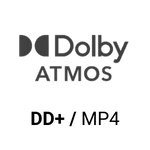
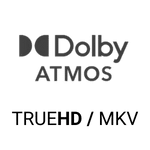
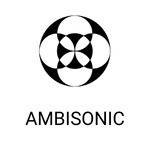
Read more at F.A.Q. page
Find the Perfect Immersive Audio Format for Your Needs.
Understand the available audio formats and choose what works best for you.
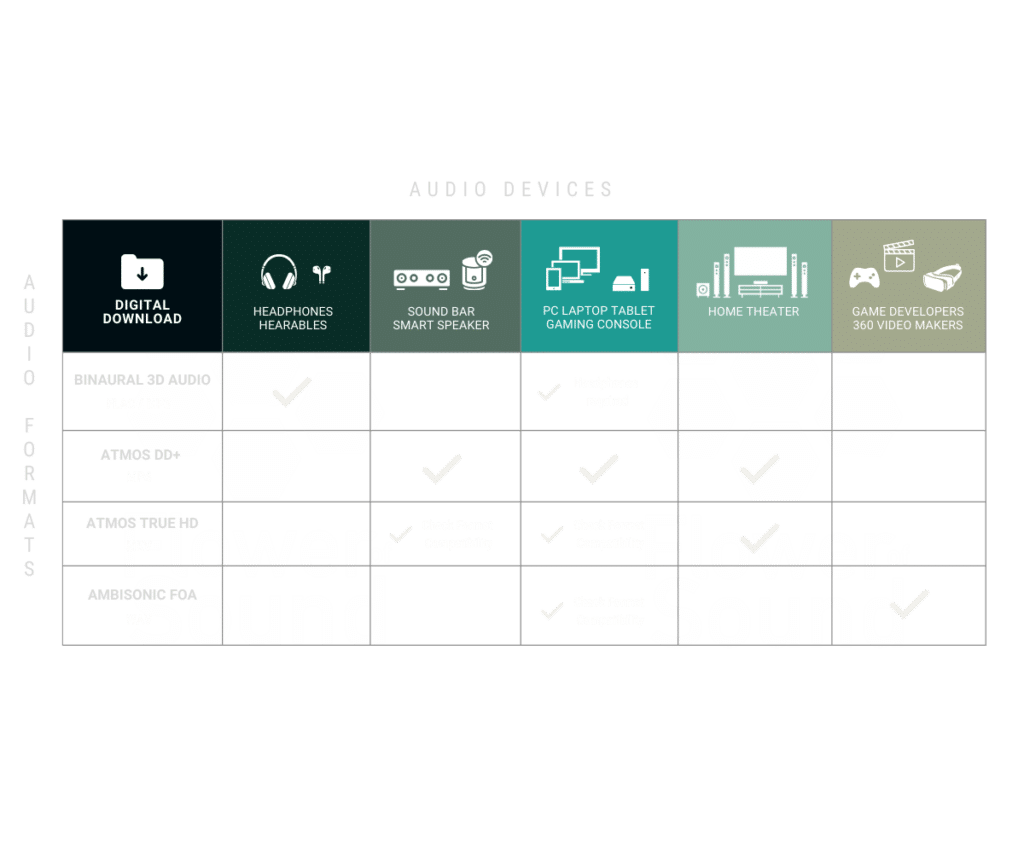
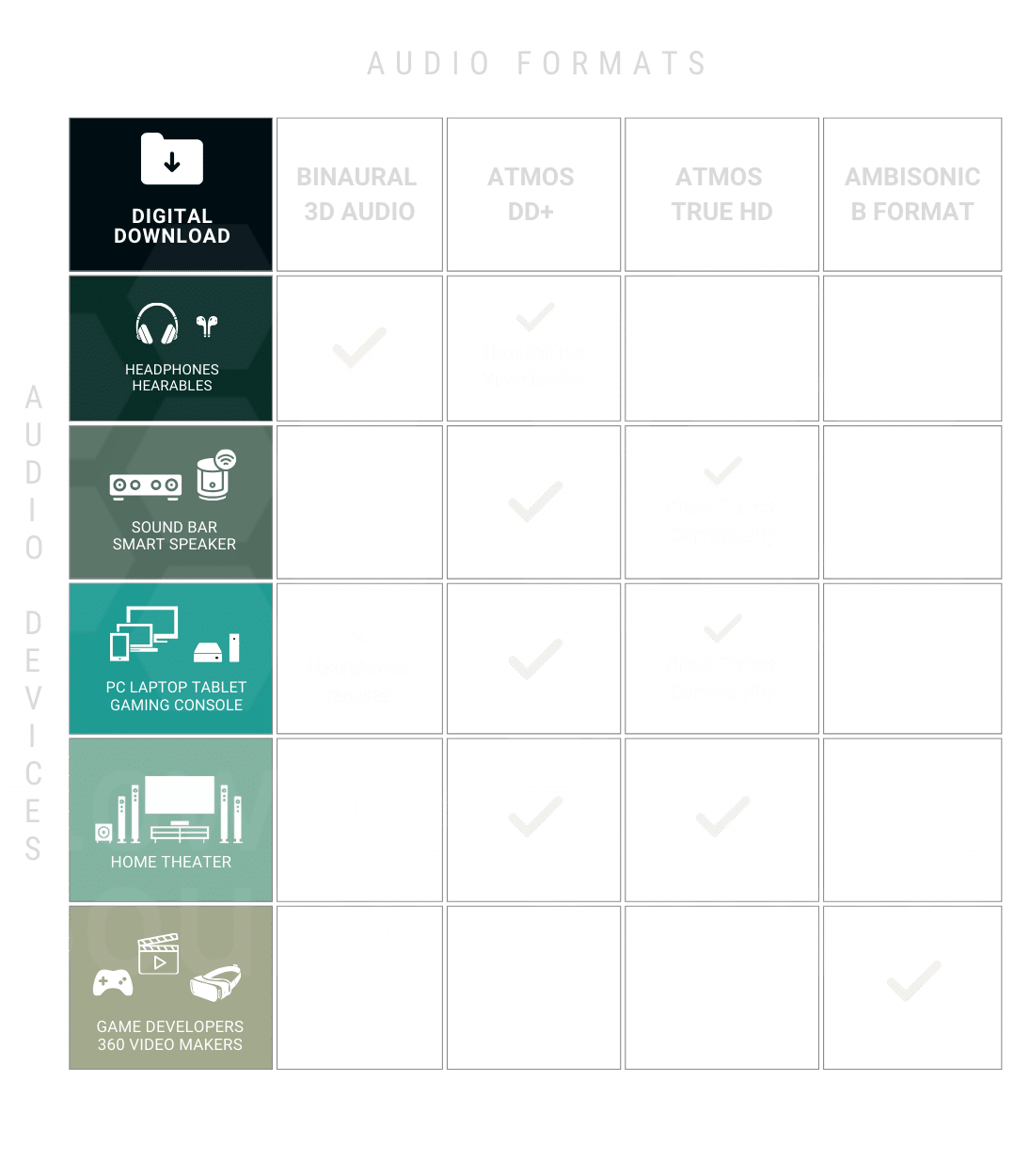
Did You Know?
When you purchase a SonicTool in Dolby Atmos TrueHD (MKV) with or without video, the audio format for headphones (Binaural 3D Audio) is included.
Still unsure about audio formats or which devices are compatible with our SonicTools? Check out our FAQ.












































